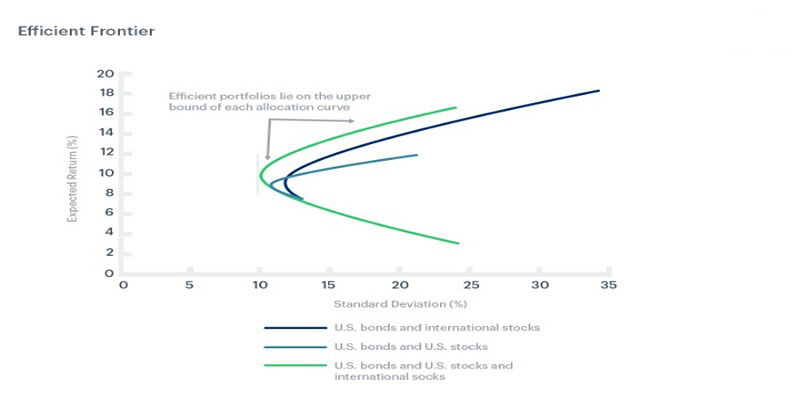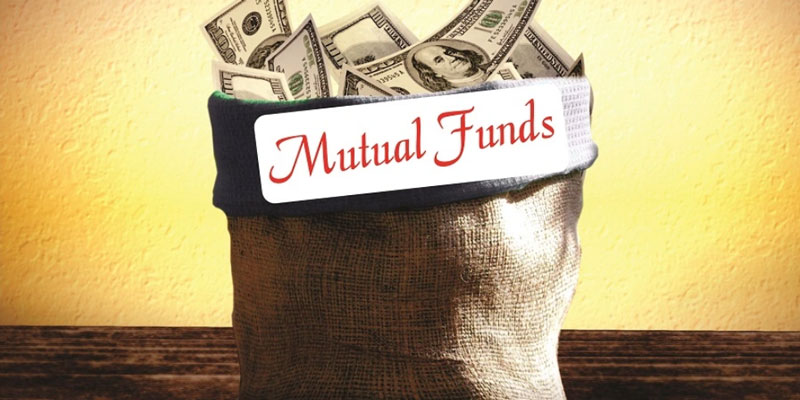Best ways to Calculate Interest on Interest
May 26, 2025 By Kelly Walker
Interest in interest is a crucial idea to learn when investing. It is also referred to as compound interest and describes the interest that is generated on both the initial principal and the accumulated interest from prior periods. In general, interest on interest makes it possible for your assets to grow more quickly and boost your overall return.
This article will cover calculating interest on interest and numerous instances where they may be used.
What is compound interest?
Compound interest is the interest calculated on both the initial principal and the interest accumulated over time. Only the principal amount is taken into account for computing simple interest. Contrarily, with compound interest, the principal amount is added to the interest earned each period to determine the interest for the subsequent period.
Consider investing $10,000 in a savings account that offers a 5% annual interest rate of return. You would earn $500 in interest after the first year was over. Your balance would rise to $12,500 after compound interest added this $500 to your principal. You would receive interest in the second year on the $10,000 principal sum and the $500 interest from the first year. $525, or 5% of $10,500, would be paid in interest as a result. As you can see, compound interest enables your investments' growth and long-term profitability.
How to calculate interest on interest?
Interest on interest or compound interest can be calculated using a simple formula, but it does require a foundation in mathematics. Here is the equation:
A = P(1+r/n)^(nt)
where:
A = the total amount after n years, taking interest into account.
P = the principal sum (the initial investment or loan)
r = the yearly interest rate (as a decimal)
n = the annual number of times interest is compounded.
t = the length of time that the money is borrowed or invested.
Let’s break this down a bit further.
P(1+r/n), the first component of the calculation, determines how much interest was earned throughout each compounding cycle (which could be monthly, quarterly, semi-annually, or annually). Based on the number of years the money is invested or borrowed, the second component, (nt), determines the overall number of compounding periods.
For example, consider investing $1,000 at a 5% yearly interest rate that compounds monthly for five years. With these values entered into the formula, we obtain:
A = 1000(1+0.05/12)^(12*5)
A = 1000(1.00417)^60
A = $1,283.36
Hence, after five years of monthly compounding, your $1,000 initial investment would have grown to $1,283.36; $283.36 of that amount reflected interest on both your initial investment and interest that had accumulated over time.
Can you get interest on interest?

The answer to the question " Can you get interest on interest ?" is the following:
You can get interested on interest. Compound interest's ability to make your money increase exponentially over time is what gives it this power. The example above showed that the total sum comprised the initial capital and the interest accrued throughout the five-year period. As a result of the interest that was previously earned, the principal amount has increased, indicating that the interest earned in the following periods will be larger.
Consider an investment of $1,000 at a 5% annual interest rate compounded yearly for five years to demonstrate this idea. Each year's interest is computed on the new, higher balance after the interest earned has been added to the principal at the end of the year. The investment would increase as follows during the next five years:
End of year 1: $1,050 (original principal + $50 interest)
End of year 2: $1,102.50 (previous year’s balance + $52.50 interest)
End of year 3: $1,157.63 (previous year’s balance + $55.13 interest)
End of year 4: $1,215.51 (previous year’s balance + $57.88 interest)
End of year 5: $1,276.28 (previous year’s balance + $60.77 interest)
As you can see, the rising principal balance causes the interest earned each year to be higher than the year before. This compounding effect may significantly impact your investment results over time.
Tips for Maximizing Compound Interest

Knowing some tips for maximizing compound interest is crucial now that you know how to compute interest on interest. The following advice can help you maximize compound interest:
- Start early: Beginning early will give your money more time to grow through compound interest. The earlier you start investing and saving, the better. Even if it's just a small amount, get started as soon as possible.
- Increase your contributions: To take full advantage of compound interest, you should always raise the money you save and put into investments. Over time, even modest increases in contributions can have a significant influence.
- Choose high-interest accounts: Explore accounts with high-interest rates, such as high yield savings accounts or certificates of deposit (CDs). Compound interest from these accounts will enable your money to increase more quickly.
- Avoid unnecessary fees: Fees can eat into your earnings and weaken compound interest's impact. Search for accounts with minimal or no fees.
- Reinvest your earnings: To benefit from compound interest, consider reinvesting your interest and dividends rather than withdrawing them from your accounts.
- Stay invested for the long term: Keep your money invested over the long term since compound interest works best when it is invested over a lengthy period. Refrain from forming snap judgments based on momentary market movements.
- Diversify your investments: Diversify your investment portfolio to lower risk and enhance the likelihood of higher returns. Several stocks, bonds, and other assets can be purchased to benefit from compound interest.
Remember that compound interest is a powerful instrument for building long-term wealth. Considering these suggestions, you can take advantage of compound interest and reach your financial objectives.
Conclusion
In conclusion, the ability to calculate interest on interest is a useful financial idea that enables people to comprehend how their money might increase over time. People can earn more money than they would with simple interest alone by reinvesting earned interest and taking advantage of compound interest. It's crucial to remember that the method for calculating interest on interest may vary based on the particular circumstance, but grasping the fundamentals of compound interest will assist people in making wise financial decisions. In the end, people can optimize their profits and reach their financial goals through the power of compound interest with the correct investment strategy and a long-term attitude.
FAQs
Q1: What is interest on interest?
A: Compound interest, commonly referred to as interest on interest, is the interest earned on both the initial principle sum and any accrued interest from earlier periods.
Q2: Can you get interested on interest?
A: If you invest your money in an account or investment that compounds interest, you can indeed earn interest on interest.
Q3: How do you calculate interest on interest?
A: You need to know the initial principle sum, the interest rate, and the compounding interval to calculate interest on interest. Then, you can use the formula: A = P(1 + r/n)(nt), where A is the overall sum, P is the principal, r is the yearly interest rate, n is the number of times the interest is compounded annually, and t is the number of years.
Q4: What differentiates compound interest from simple interest?
A: Compound interest also considers the already accrued interest, whereas simple interest just considers the principal amount. Because of this, compound interest typically yields more profit than basic interest.
Q5: How often is interest compounded?
A: The compounding interval can change depending on the account or investment. It might occur daily, weekly, biweekly, monthly, semiannually, or annually.
Q6: What are some examples of investments that offer compound interest?
A: Savings accounts, CDs, mutual funds, and retirement accounts like 401(k)s and IRAs are a few examples of investments that offer compound interest.

Corporate Tax Rates Around the World: From the Highest to the Lowest
Here are the nations that have the most favorable business tax environments and which impose the highest tax burdens on corporations. Whether you're an entrepreneur looking to minimize your tax liabilities or simply curious about global tax policies, this article provides valuable insights into the world of corporate taxation.
May 26, 2025 Kelly Walker

What Is the Efficient Frontier?
Dive into the fundamentals of the efficient frontier and learn how its elements work together for maximum potential gains with minimal risk. Find out all you need to know about it in this helpful blog post!
May 26, 2025 Rick Novak

Overall Tax Burden by State
See how tax burdens vary across different U.S. states and discover why some are paying more than others. Get a comprehensive look at who pays what with this detailed guide.
May 26, 2025 Rick Novak

What Is an Introducing Broker?
Get up to speed on introducing brokers, their services, and why partnering with one can open doors in finance. Learn more with this comprehensive guide.
May 26, 2025 Kelly Walker

Top-Performing Smart Beta Funds
Five years ago, Smart Beta funds were introduced to the Indian financial sector. Investors have been discussing these ETFs ever since. There are now 35 smart beta funds available to investors.
May 26, 2025 Rick Novak

4 Amazing Short–Term Health Insurance Providers For You
A short introduction of health insurance providers with their pros and cons
May 26, 2025 Kelly Walker